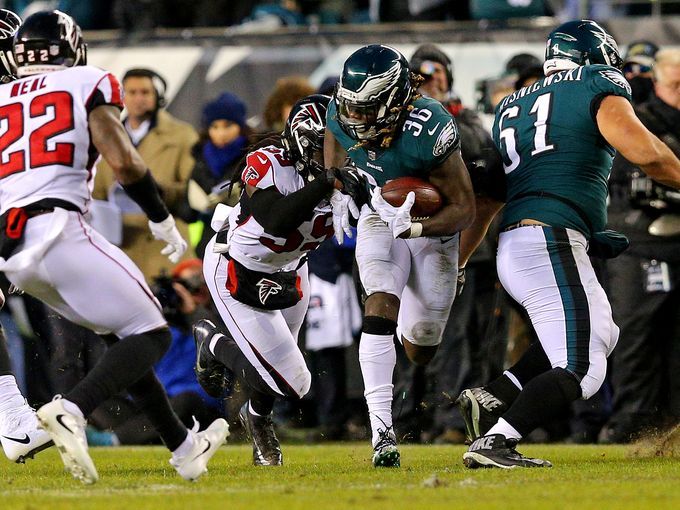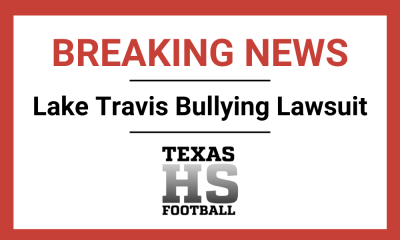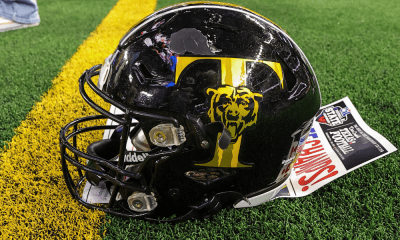
Instead of eliminating kickoffs completely this upcoming season, NFL officials have come to an agreement to minimize the risk of injuries by changing some standard kickoff rules.
Last Tuesday, the NFL competition committee approved the rule changes, which are as follows:
-
The kickoff team must line up with five players on each side of the ball (five players, the kicker in the middle, and five more players. Previously, a team could line up four players on one side and six on the other.
-
The players on the kickoff team cannot line up any deeper than one yard off the ball, which is placed at the 35-yard line. Previously, players could line up five yards off the ball and get a running start.
-
At least two players must line up outside of the yard-line number and two players between the inbound line and yard-line number. Previously, at least three players on the kickoff team had to line up outside each inbound line.
-
At least eight players on the kickoff return unit must line up in the 15-yard “setup zone” prior to kickoff, and only three can remain outside of that setup zone. Previously, all kickoff return players only had to be behind their restraining line. This rule moves players on the return unit closer to the ball to reduce the speed and space on the play.
-
No wedge blocks are permitted. Previously, two-man wedge blocks were allowed. This change limits the blocking schemes permitted by players on the return unit.
-
The ball also is dead if it’s not touched by the receiving team in the end zone. The ball would simply be ruled a touchback.
Two changes to the @NFL kickoff rules include:
-No running start from the kicking team
-No wedge blocks from the receiving teamSee all changes in the graphic below. pic.twitter.com/YH5sJTB3wC
— NFL Football Operations (@NFLFootballOps) May 27, 2018
Although kickoffs are a staple of the game of football, the sport is in dire need to protect its players and reshape special teams. Here are some reasons why this rule change could save kickoffs for good:
Running Starts Put to a Halt
Now that players cannot get a five-yard running start with the new rule, there can be less injuries on the kickoff. The speed that players would go on the kickoff came at an unhealthy rate, which led to many impact hits on the kickoff. Now, each player on the return team will line up and run from a dead stop.
Faster and Younger Crop in the Game
Instead of seeing the normal big man packages on the kickoff, the NFL’s new rule will outlaw wedge blocking, thus making it so smaller, faster players should be placed on the return teams. These quicker specialists can redirect players on blocks and make room for some good lead blocks by faster players.
Strategy is Key
This new set of rules will force special teams coaches to reinvent the wheel on kickoffs. That means they will need to find new schemes of both stopping the return man or attempting to take a return for a good amount of yardage off the bat. It will be interesting to see how many coaches adapt to this and use the new set of rules to their advantage.
Kickoffs Have Become Obsolete
Last season, out of the 1,036 kicks returned last season, there were just seven touchdowns. Moreover, just .6 percent of kickoffs turned into points, and games averaged just two kickoff returns last year. It poses the question, if kickoffs were actually eliminated, would any team actually care? Teams have decided not to return any kicks as frequently and would prefer kneeling for a touchback.
New Rule Could Lead to the Next Emerging Star
The fact that kickoffs are still a part of the game means that there still is hope to see the next Devin Hester. It may take longer than anticipated, but 100-plus yard returns can still be possible. It’s a snooze to see each kickoff result in a touchback, so the few good returns are always eye opening as a fan. And, the NFL is waiting for its next return star.


















